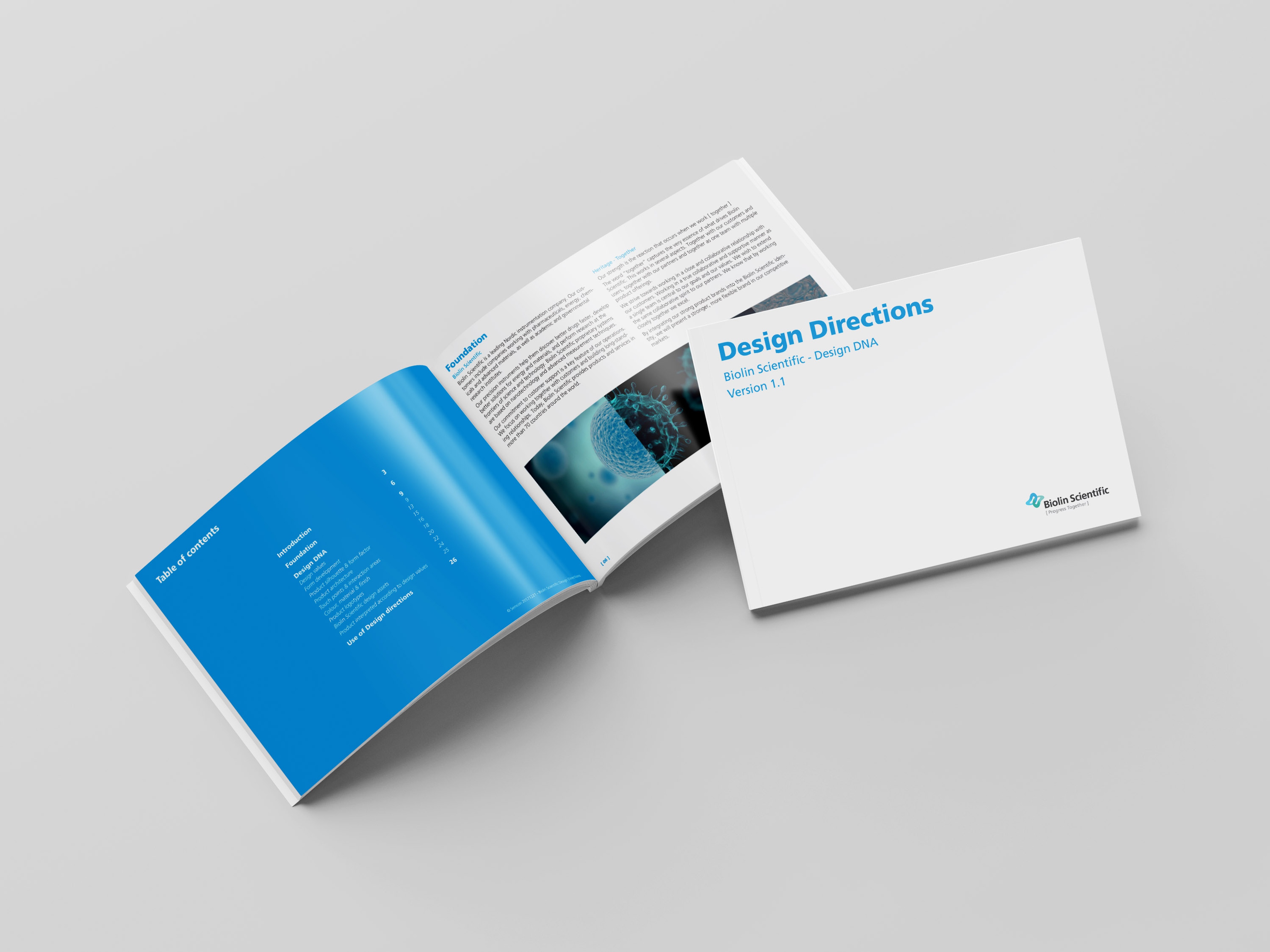Case
A design that improves nurses’ daily lives
This is the story of how a smartphone that can be relied on in emergency situations was created. Semcon’s design of Ascom Myco is based on detailed studies of nurses’ varied daily lives.

CustomerAscom
IndustryLife Science
CompetencesDesign & User ExperienceProduct Development
Background
When Chalmers University of Technology student, Linnea Fogelmark, systematically charted nurses’ movements at work for her thesis, the result was a tangle of lines. They spent their days running around, looking for information or finding colleagues or things. There was a constant onslaught of distractions, in addition to the large amount of alarms, beeps, phone calls and vibrations, she says. The mapping showed that nurses actually spend more time managing information than with patients.
Solution
Together with Ascom, where Linnea Fogelmark is now a Design Strategist, the need for improved, portable communication equipment was identified. Smartphones, in other words. But the hospital environment is tough, the smartphone had to be able to handle being dropped on the floor, disinfected and coming into contact with different liquids. The battery has to last for a whole shift and the phone’s functions must be easy to understand. When the reliability of the equipment is a matter of life or death, the smartphones we all use in our leisure time are not the ideal solution.
Developing a product to meet all of these requirements was a major challenge for Ascom’s mechanical engineers. A well thought out design was also necessary so that it could be used in a manner that ensures patient safety, even in stressful situations. The task of finding the right form was given to Semcon’s design department, and Patric Svensson.
The finished product, Ascom Myco, contains several important functional design elements. The top display gives relevant information about alarms and messages without needing to take the phone out of your pocket. Signals in the form of sound, vibration, colour and text make it possible to quickly understand what has happened and what should be prioritised.
The top screen was a challenge, with many functions in a small space: a display, an alarm button, IR positioning and a light strip. It was important to us that the light strip was big enough, so that the nurses could understand the signal by just glancing down at their breast pocket.
There is also a sufficiently large alarm button on top of the phone, that is easy to access but not in a place where it can be set off accidently. The sliding button to access the battery compartment facilitates loading and the sturdy clip keeps the phone firmly in place in your pocket. The camera and barcode scanner can provide a faster and more reliable identification of patients and medication.
It’s easy to do too much or too little when it comes to design. To find the right balance you must always start from the users’ needs and find out which functions are really useful, without stripping away too much.
Created for healthcare
Colour-coded light signals make it possible to prioritise work tasks at a glance
The specially designed carrying clip means that the phone is securely fastened to your pocket
If the battery needs changing, it is easy to access it with the help of a sliding button
Thanks to its compact size and balanced design, Ascom Myco can be used with one hand in an ergonomic manner.
Features of the design:
In 2015 Ascom Myco received an honourable mention awarded by the Red Dot jury in to a particularly well executed aspect of design work.
Durable and robust: can withstand getting wet, being disinfected and getting dropped on the floor.
The top display informs about alarms and priorities without needing to take the phone out of your pocket.
Ascom Myco is now on the market. The first establishment to use it was Kuopio University Hospital (KUH) in Finland.
Good design is about bringing different aspects together to form a whole. Uniting demands from users, the market, finance and technology. The product should feel user-friendly, or like a friend to the user. It should encourage use and be perceived as something positive, thus increasing the efficiency of the organisation.
– Patric Svensson, Team Leader Industrial Design at Semcon


